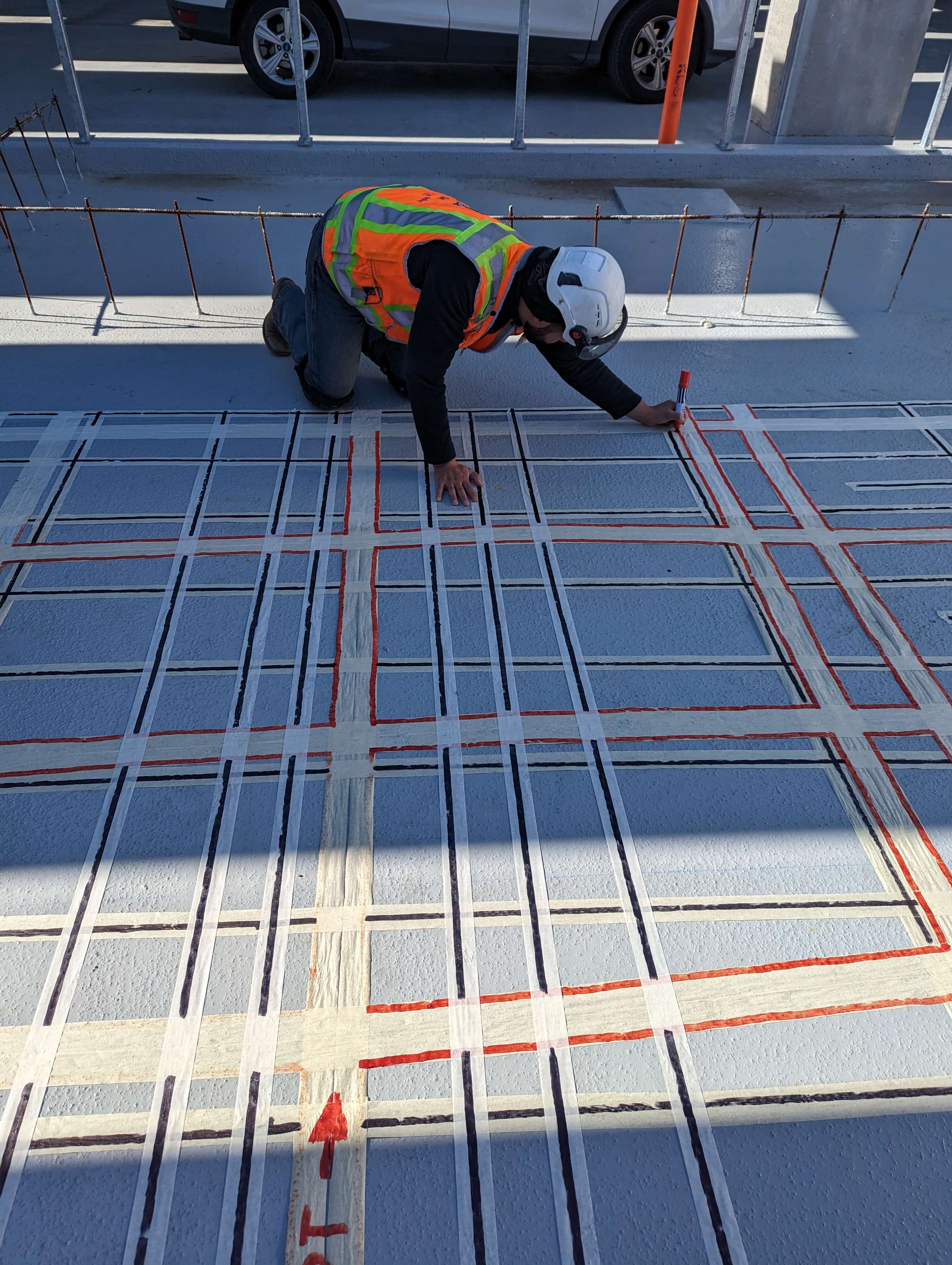Effective Concrete Scanning Approaches for Construction Projects
Effective Concrete Scanning Approaches for Construction Projects
Blog Article
Reveal the Transformative Power of Concrete Scanning in Making Best Use Of Efficiency and Security
Concrete scanning has arised as a crucial tool in the construction sector, offering unparalleled advantages in enhancing task effectiveness and ensuring security standards. By using sophisticated technology, concrete scanning permits professionals to see beyond the surface area, revealing concealed intricacies that could affect the architectural honesty of a building. The transformative power of concrete scanning exists in its ability to supply detailed insights and real-time data, revolutionizing just how jobs are prepared and executed. As we look into the intricacies of this cutting-edge technique, a world of opportunities opens, showcasing a new era of building techniques that focus on accuracy and safety.
Relevance of Concrete Scanning
Making sure the architectural stability and safety and security of building and construction jobs starts with the vital step of performing thorough concrete scanning. Concrete scanning is a non-destructive approach used to find and map subsurface elements within concrete frameworks.
In addition, concrete scanning aids in maximizing task timelines and spending plan by preventing unforeseen expenses and delays that may occur due to unforeseen blockages within the concrete. Inevitably, spending in thorough concrete scanning is an aggressive strategy that enhances both effectiveness and safety in building and construction tasks.
Exactly How Concrete Scanning Works
Concrete scanning operates as a vital device in building jobs by utilizing innovative technologies to spot and map subsurface aspects without causing architectural damage. Ground Passing Through Radar (GPR) and Electromagnetic Induction (EMI) are 2 main methods made use of in concrete scanning. GPR jobs by giving off high-frequency radar pulses right into the surface, which recuperate when they come across subsurface objects or gaps. The moment taken for the signal to return shows the depth and area of the objects. EMI, on the other hand, utilizes magnetic fields to determine variances in material structures, such as recognizing rebar or conduits within concrete structures.
During the scanning process, the information accumulated is evaluated in real-time, enabling prompt recognition of possible hazards or challenges underneath the surface area. By using these innovative innovations, concrete scanning substantially minimizes the risk of expensive damages and injuries on building and construction sites.
Advantages of Concrete Scanning
Using sophisticated scanning innovations in building and construction tasks offers a wide variety of benefits, improving both performance and security on-site. Among the primary benefits of concrete scanning is the ability to identify and situate embedded objects such as rebar, post-tension cable televisions, and conduits accurately. By recognizing these components prior to boring or cutting into concrete structures, the threat of unintentional strikes is considerably reduced, preventing possible injuries to employees and damage to the structure itself. Concrete scanning assists in planning and designing more successfully, as it offers specific info concerning the area and deepness of structural parts.

Study: Concrete Scanning Success

In one more situation, a building and construction firm used 3D concrete scanning to analyze the condition old concrete frameworks in a historical structure. The in-depth scans provided important understandings right into the extent of degeneration and helped focus on upkeep initiatives properly. By proactively attending to areas of issue identified with scanning, the business was able to extend the lifespan of the structure and ensure owner security.
These instance researches emphasize the transformative power of concrete scanning in enhancing efficiency, precision, and safety in discover this info here construction projects.
Executing Concrete Scanning in Projects
Carrying out sophisticated scanning innovations during construction projects has become progressively crucial for boosting accuracy and safety and security. By our website incorporating concrete scanning right into job planning and execution, building teams can identify possible threats, such as rebar or post-tension wires, concealed within concrete structures. This aggressive approach decreases the risk of mishaps, hold-ups, and expensive rework, eventually resulting in more efficient task timelines and spending plans.
To apply concrete scanning properly, job managers need to work together very closely with seasoned scanning experts to figure out the most ideal scanning methods for the particular project requirements. Involving scanning professionals from the early phases of a project makes it possible for the group to produce comprehensive scanning strategies that deal with key locations of worry and make certain detailed data collection.
In addition, including concrete scanning right into normal job workflows can enhance decision-making processes, as real-time scan data gives instant understandings into the problem of concrete structures - Concrete Scanning. This data-driven strategy promotes informed analytical and enables teams to make changes quickly, fostering a society of efficiency and security throughout the task lifecycle

Final Thought
In verdict, concrete scanning plays an important duty in boosting efficiency and safety and security in building and construction projects. By utilizing innovative innovation to map and detect out underlying frameworks within concrete, review this process aids to avoid expensive mistakes, guarantee architectural integrity, and lessen risks on website. With the capacity to discover concealed aspects and give accurate data, concrete scanning proves to be an important tool for enhancing job results and making best use of total success.
Concrete scanning is a non-destructive approach made use of to spot and map subsurface aspects within concrete structures. In addition, concrete scanning aids in enhancing job timelines and budget plan by preventing unforeseen costs and delays that may arise due to unforeseen obstructions within the concrete. One notable instance research study includes a large-scale remodelling project where concrete scanning played a vital function in making sure job success.In one more case, a construction firm used 3D concrete scanning to evaluate the condition of maturing concrete frameworks in a historic building. By incorporating concrete scanning into project preparation and execution, construction groups can recognize prospective hazards, such as rebar or post-tension cables, concealed within concrete frameworks.
Report this page